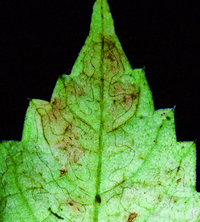
| Recorded by: Mark Basinger on 2025-11-02
Onslow Co.
Comment: | 
| Recorded by: Dean Furbish on 2025-10-22
Pender Co.
Comment: |
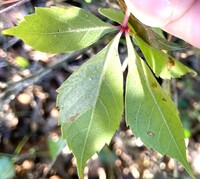
| Recorded by: Dean Furbish on 2025-10-20
Pender Co.
Comment: | 
| Recorded by: Mark Basinger on 2025-10-18
Stanly Co.
Comment: |
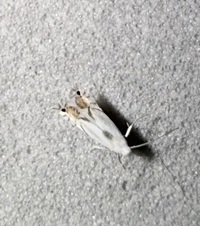
| Recorded by: Marilyn Westphal on 2025-10-08
Henderson Co.
Comment: | 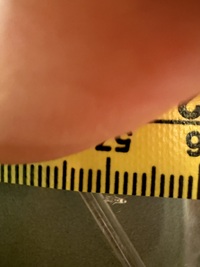
| Recorded by: Marilyn Westphal on 2025-10-08
Henderson Co.
Comment: |

| Recorded by: Marilyn Westphal on 2025-10-08
Henderson Co.
Comment: Lots of Virginia Creeper on the property. | 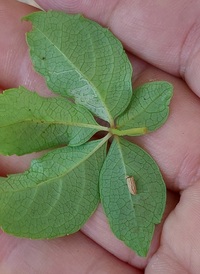
| Recorded by: Mark Basinger on 2025-10-03
Anson Co.
Comment: |
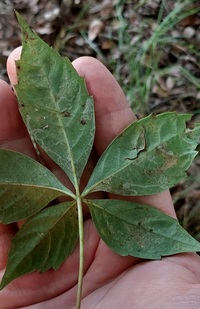
| Recorded by: Mark Basinger on 2025-10-03
Robeson Co.
Comment: | 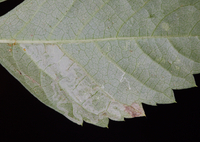
| Recorded by: Jim Petranka and Marilyn Westphal on 2025-08-18
Henderson Co.
Comment: Unoccupied mine was in Parthenocissus quinquefolia leaf. |
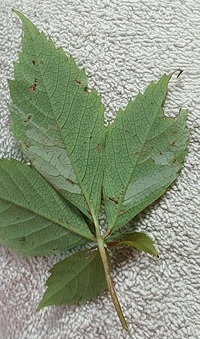
| Recorded by: Mark Basinger on 2025-08-15
Ashe Co.
Comment: | 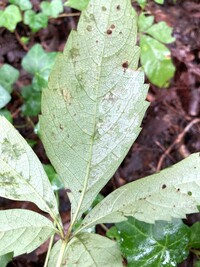
| Recorded by: Dean Furbish, Lior S. Carlson on 2025-08-12
Alamance Co.
Comment: |
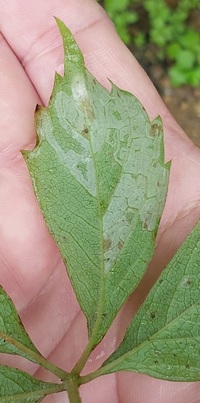
| Recorded by: Mark Basinger on 2025-08-12
Ashe Co.
Comment: | 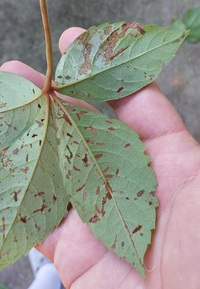
| Recorded by: Mark Basinger on 2025-08-09
Alamance Co.
Comment: |

| Recorded by: Mark Basinger, Jim Petranka, and Becky Elkin on 2025-08-03
Moore Co.
Comment: | 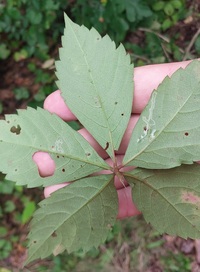
| Recorded by: Mark Basinger on 2025-08-01
Stanly Co.
Comment: |

| Recorded by: Dean Furbish, Lior S. Carlson on 2025-07-29
Cleveland Co.
Comment: | 
| Recorded by: Mark Basinger on 2025-07-24
New Hanover Co.
Comment: |

| Recorded by: Mark Basinger on 2025-07-23
Columbus Co.
Comment: | 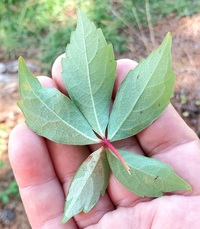
| Recorded by: Mark Basinger on 2025-07-20
Brunswick Co.
Comment: |

| Recorded by: Mark Basinger on 2025-07-14
Richmond Co.
Comment: | 
| Recorded by: Mark Basinger on 2025-07-09
Brunswick Co.
Comment: |
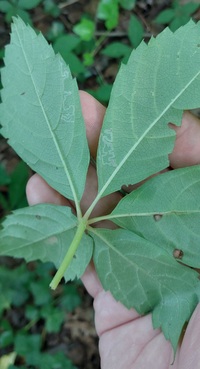
| Recorded by: Mark Basinger on 2025-06-27
Davidson Co.
Comment: | 
| Recorded by: Mark Basinger on 2025-06-22
Buncombe Co.
Comment: |
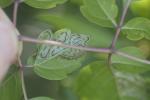
| Recorded by: T. Feldman; R. Newman on 2025-06-03
Carteret Co.
Comment: | 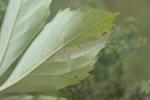
| Recorded by: T. Feldman; R. Newman on 2025-06-03
Carteret Co.
Comment: |
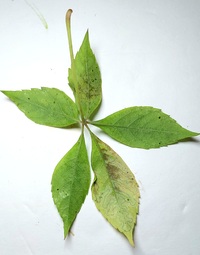
| Recorded by: Mark Basinger on 2024-11-03
Columbus Co.
Comment: | 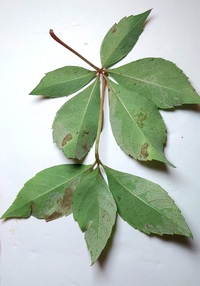
| Recorded by: Mark Basinger on 2024-11-02
Brunswick Co.
Comment: |
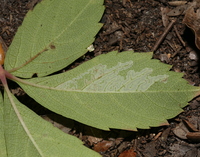
| Recorded by: David George, Randy Newman on 2024-10-28
Carteret Co.
Comment: | 
| Recorded by: F. Williams, S. Williams on 2024-10-26
Gates Co.
Comment: |
|

 »
»
